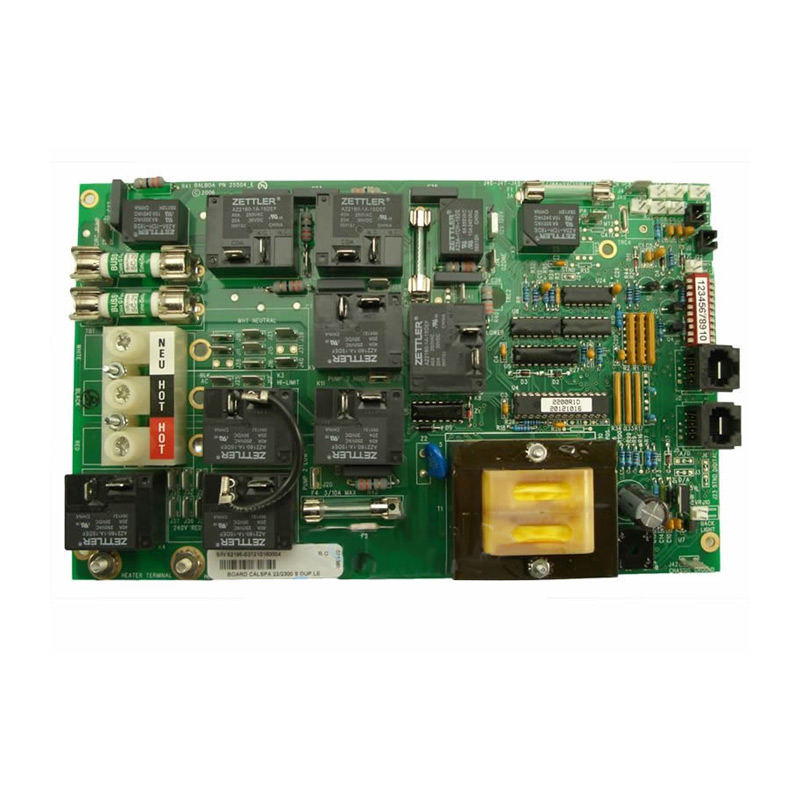

The Benefits of Low-E 3 Glass A Modern Solution for Energy Efficiency
In the pursuit of sustainable living and reducing energy consumption, the role of building materials, especially windows, cannot be overstated. One of the most significant advancements in window technology has been the development of low-emissivity (low-E) glass. Among various types of low-E coatings, low-E 3 glass stands out due to its unique properties that enhance energy efficiency, comfort, and overall environmental performance.
Low-E 3 glass is designed with multiple layers of low-emissivity coating, typically featuring silver. This coating reflects heat back into the building during the winter while allowing cool air to remain inside during the summer. This dual functionality is primarily what sets low-E 3 glass apart from its lower-tier counterparts. It effectively optimizes thermal regulation by providing superior insulation, thereby reducing the demand for heating and cooling systems.
The Benefits of Low-E 3 Glass A Modern Solution for Energy Efficiency
In addition to energy savings, low-E 3 glass also contributes to increased comfort. By minimizing the amount of UV and infrared radiation entering a building, it helps regulate indoor temperatures, ensuring that spaces remain comfortable regardless of external weather conditions. Homeowners will no longer experience the discomfort of cold drafts in winter or excess heat during summer. Furthermore, this type of glass helps protect furniture, flooring, and artwork from fading, as it significantly reduces harmful UV exposure.

Another significant advantage of low-E 3 glass is its environmental impact. Fewer energy resources are required to maintain indoor temperatures, leading to lower greenhouse gas emissions from heating and cooling systems. As society pushes for greener building practices, the integration of low-E glass in construction and renovation projects aligns perfectly with sustainability goals. Investing in low-E 3 glass not only benefits individuals and businesses but also contributes positively to the health of our planet.
From an aesthetic perspective, low-E 3 glass has evolved to retain clarity and visual appeal. Gone are the days of sacrificing natural light for energy efficiency. Modern low-E glass technologies allow for the transmission of natural sunlight while filtering out harmful rays, creating brighter and more inviting indoor spaces. This is particularly advantageous in business environments where ambiance plays a crucial role in client engagement and employee productivity.
Moreover, the installation of low-E 3 glass can increase property value. As energy-efficient features become increasingly desirable in the real estate market, prospective buyers are more inclined to invest in homes equipped with such technologies. Thus, integrating low-E 3 glass into building designs is not just an environmentally conscious choice, but also a financially savvy one.
In conclusion, low-E 3 glass represents a breakthrough in window technology, offering a plethora of benefits ranging from energy savings and improved comfort to environmental sustainability and enhanced property values. As homeowners and builders continue to seek innovative solutions for energy efficiency, low-E glass is poised to play a pivotal role in the future of construction and building design. By choosing to incorporate low-E 3 glass, individuals contribute not only to their well-being but also to the larger goal of creating a more sustainable and energy-efficient world.